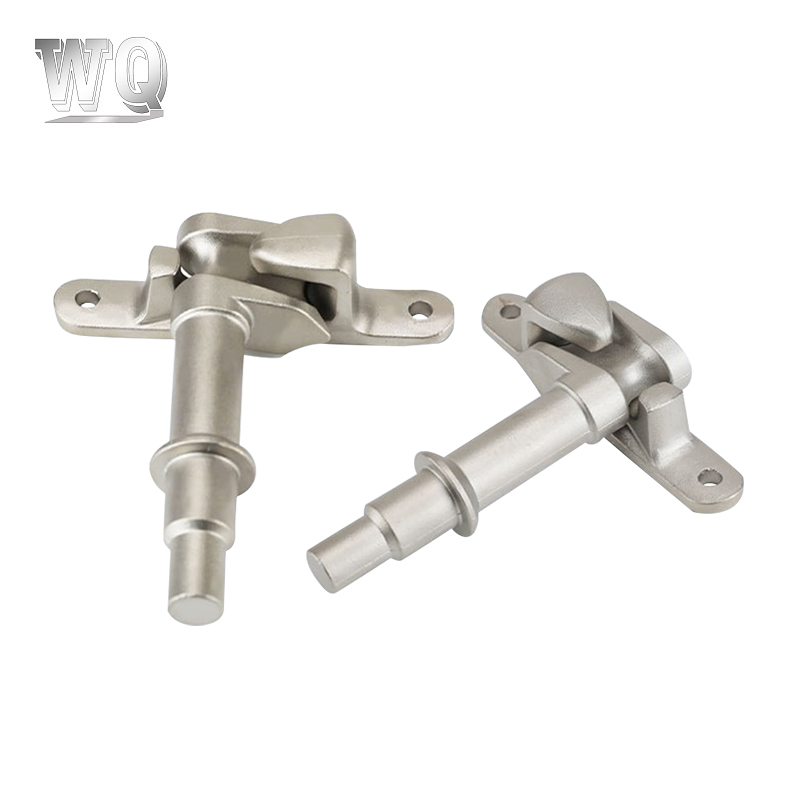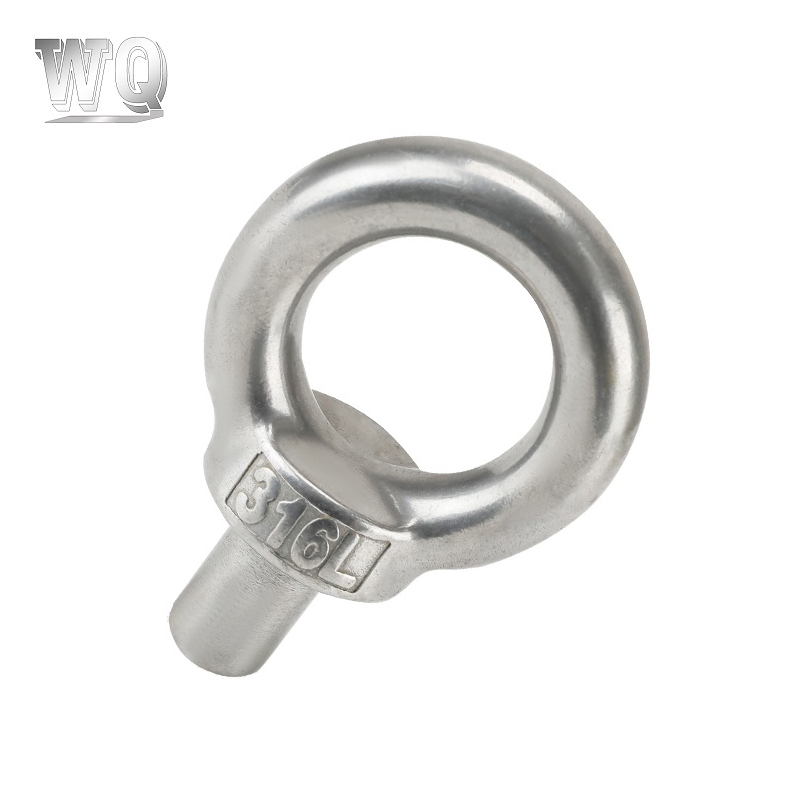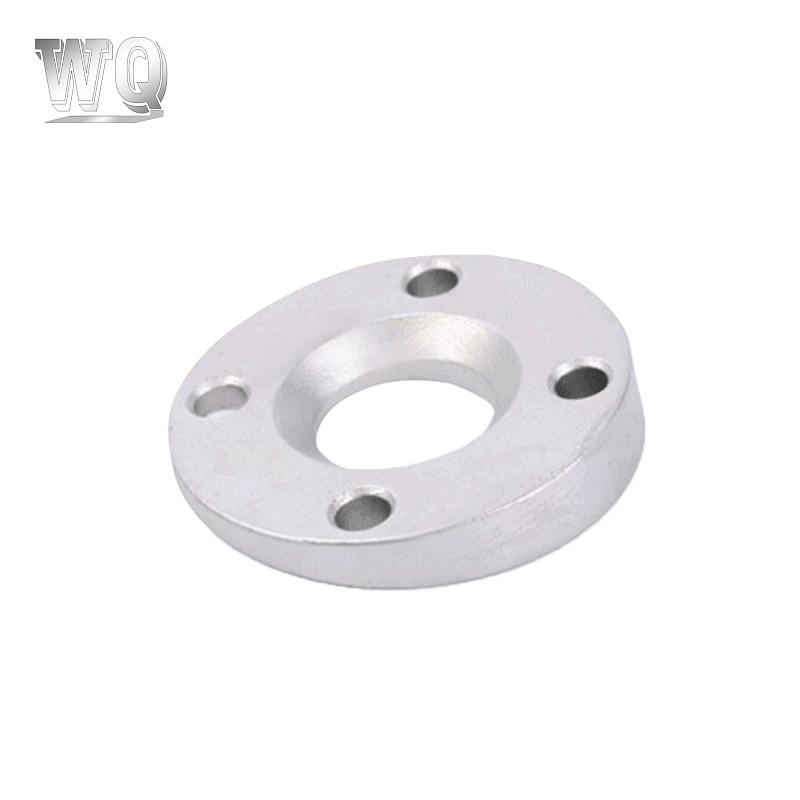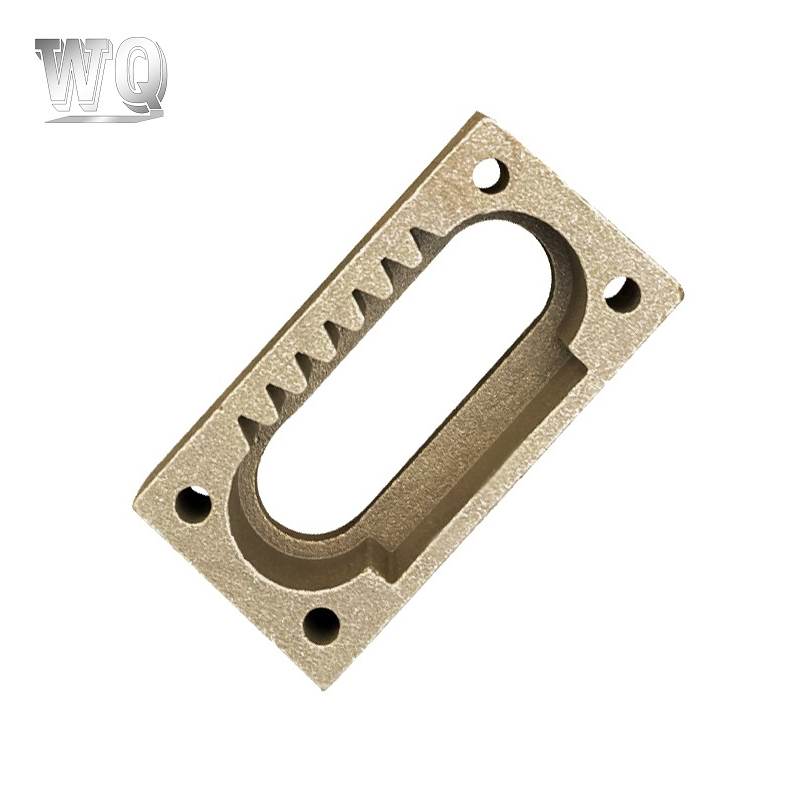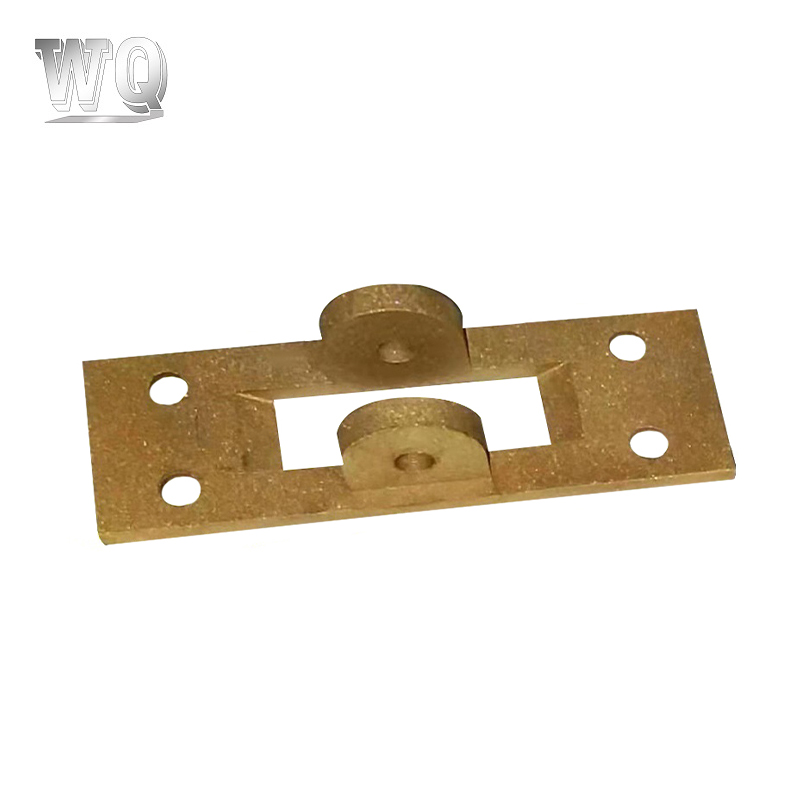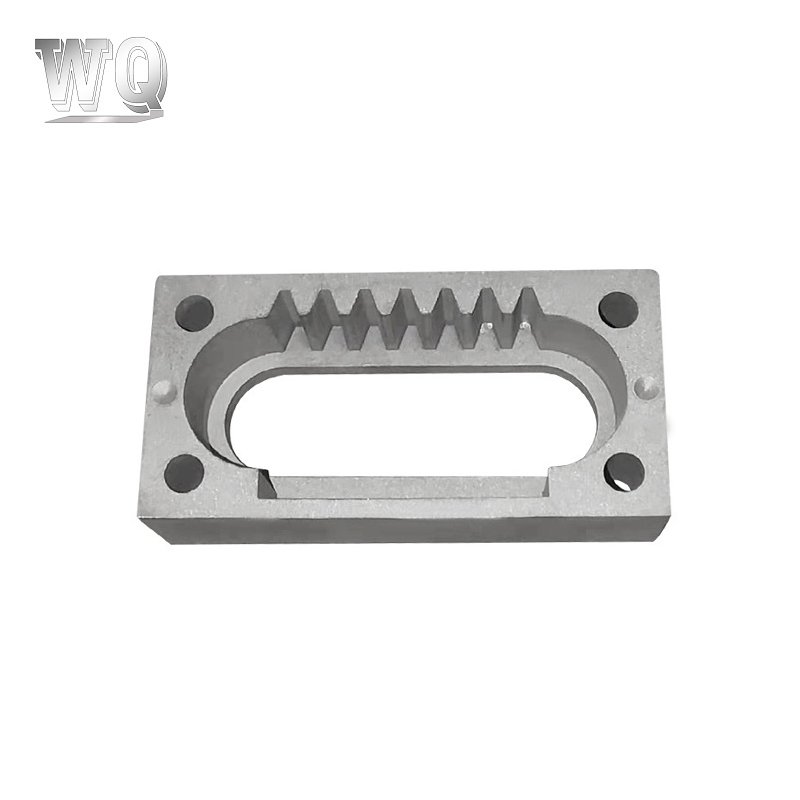High temperature alloy steel castings are widely used in industries that demand extreme thermal stability, mechanical strength, and chemical resistance, such as aerospace, power generation, chemical processing, and petrochemicals. One of the critical properties of these materials is corrosion resistance, which directly impacts their longevity, safety, and performance. Understanding how high temperature alloy steel castings perform in corrosive environments is essential for engineers, designers, and maintenance teams.
1. Overview of High Temperature Alloy Steel
High temperature alloy steels are specialized steels alloyed with elements like chromium, nickel, molybdenum, and cobalt. These elements provide the steel with enhanced oxidation resistance, high-temperature strength, and corrosion resistance. The casting process allows for complex geometries and precise dimensions, making these steels suitable for components such as turbine blades, furnace parts, heat exchangers, and chemical reactors.
The corrosion resistance of these castings is a combination of alloy composition, microstructure, and surface treatment, which work together to prevent chemical degradation under harsh conditions.
2. Corrosion Resistance Mechanisms
High temperature alloy steels resist corrosion through several mechanisms:
-
Formation of Protective Oxide Layers
Many alloying elements, particularly chromium, promote the formation of a stable, adherent oxide layer on the surface when exposed to high temperatures. This layer acts as a barrier, preventing further oxidation or attack by corrosive agents such as oxygen, sulfur, or chlorides. -
Alloying Elements for Corrosion Control
- Chromium (Cr): Improves oxidation resistance and forms a passive layer to reduce metal loss.
- Nickel (Ni): Enhances resistance to acidic environments and stabilizes the microstructure at elevated temperatures.
- Molybdenum (Mo): Increases resistance to pitting and crevice corrosion, especially in chloride-rich environments.
- Cobalt (Co) and Tungsten (W): Contribute to high-temperature stability and maintain mechanical strength under corrosive conditions.
- Microstructural Stability
The casting process, combined with heat treatment, produces a microstructure that resists grain boundary corrosion and maintains integrity under thermal cycling. Stable microstructures minimize the risk of cracking and corrosion-induced failures.
3. Corrosion Resistance in Different Environments
High temperature alloy steel castings are designed to perform in various harsh environments:
- Oxidizing Atmospheres: At elevated temperatures, the formation of protective oxides prevents scaling and material degradation.
- Reducing or Acidic Environments: Alloying elements such as nickel and molybdenum enhance resistance to acids and reducing gases, commonly encountered in chemical processing.
- Chloride-Containing Environments: Pitting and crevice corrosion are mitigated by carefully balancing chromium and molybdenum content.
This versatility makes high temperature alloy steel castings suitable for both aerospace turbine engines exposed to hot gases and industrial furnaces or chemical reactors with corrosive media.
4. Factors Affecting Corrosion Resistance
The corrosion resistance of high temperature alloy steel castings is influenced by several factors:
-
Alloy Composition
The specific balance of chromium, nickel, molybdenum, and other alloying elements determines how effectively the material resists oxidation, pitting, and general corrosion. -
Surface Finish and Treatment
Polished or coated surfaces can enhance corrosion resistance by reducing surface roughness and potential sites for chemical attack. Some castings undergo additional treatments such as passivation or high-temperature coatings to further improve durability. -
Operating Temperature and Environment
Extreme temperatures, rapid thermal cycling, and exposure to corrosive gases or liquids can challenge even high-performance alloys. Selecting the appropriate alloy grade for the intended operating conditions is critical. -
Maintenance and Inspection
Regular inspection, cleaning, and preventive maintenance help maintain the protective oxide layers and prevent localized corrosion, extending the service life of the casting.
5. Advantages Over Ordinary Steels
Compared to conventional carbon steels or standard stainless steels, high temperature alloy steel castings offer:
- Superior oxidation resistance at elevated temperatures
- Longer service life in corrosive and thermal environments
- Higher mechanical strength without sacrificing corrosion protection
- Flexibility for complex geometries due to the casting process
These advantages make them indispensable for critical components where failure due to corrosion could have severe economic or safety consequences.
Conclusion
The corrosion resistance of high temperature alloy steel castings is one of their most valuable properties, achieved through careful alloy composition, protective oxide formation, microstructural stability, and surface treatments. These castings can withstand oxidizing, reducing, acidic, and chloride-rich environments at elevated temperatures, making them highly suitable for aerospace, power generation, chemical, and industrial applications.
For engineers and designers, selecting the appropriate alloy grade, considering operating conditions, and maintaining the castings properly ensures long-term performance, safety, and cost efficiency. In essence, high temperature alloy steel castings provide a robust solution for challenging environments where corrosion and heat are major concerns, offering a combination of durability, reliability, and superior mechanical properties that ordinary steels cannot match.



